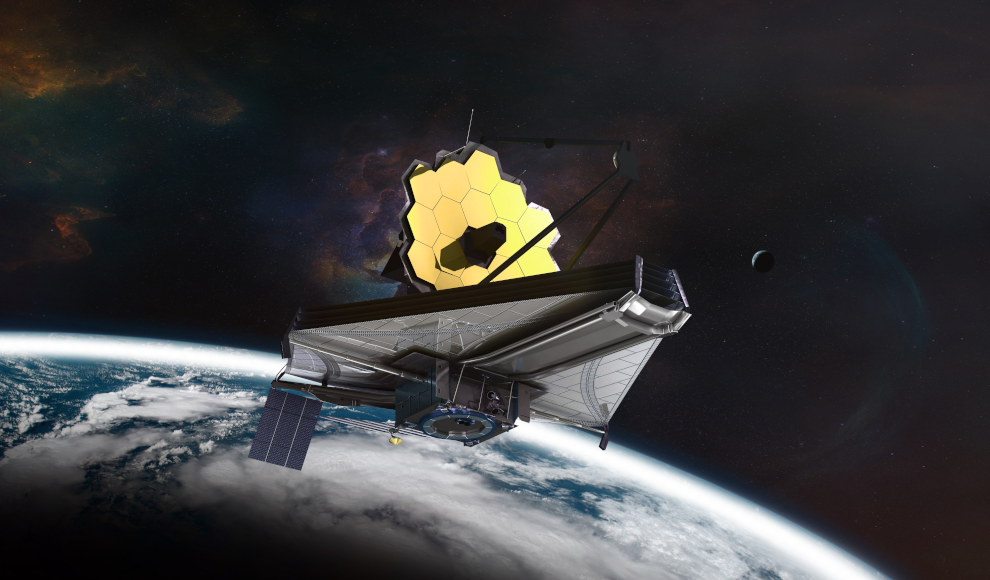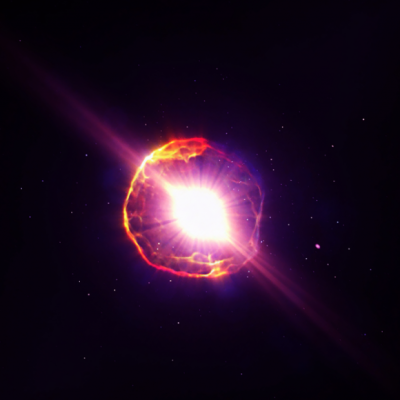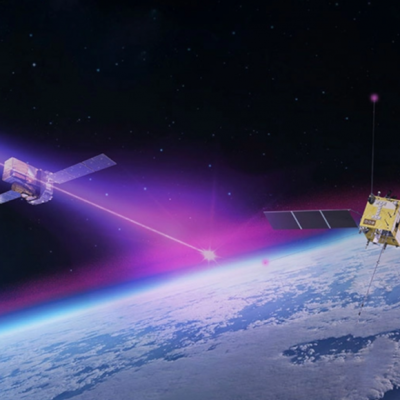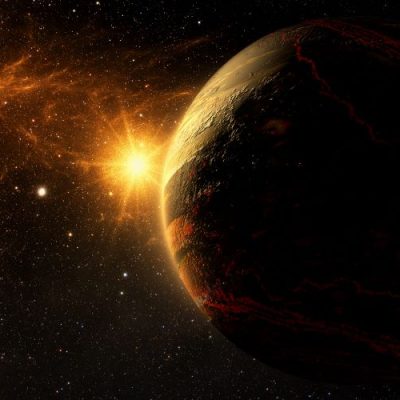The James Webb Space Telescope (JWST) has been capturing stunning images of the universe since its first image was released a year ago. This unprecedented astronomical instrument is the result of international collaboration between NASA, ESA, and CSA. The JWST aims to answer some of the most pressing questions in science by looking beyond the known universe. Its scientific objectives include identifying the first luminous objects and galaxies formed after the Big Bang, improving our understanding of the processes that lead to the formation of structures in the universe, investigating the formation and evolution of galaxies, black holes, stars, and planetary systems, and exploring exoplanets and their potential for life.
The JWST has captured some of the most breathtaking images of the universe, including Arp 220, a dramatic scene of cosmic collision that shows over 200 giant star clusters. Another image shows the Rho Ophiuchi Nebula, a pulsating star nursery that offers a fascinating insight into the complex processes of star and planet formation. The telescope has also captured images of Wolf-Rayet stars, which provide rare glimpses into the life cycle of stars, and Spiral galaxies, which reveal the structure of galaxies as a delicate network of gas bubbles and dust cavities. The JWST has even detected the CH3+ molecule in the Orion Bar, a crucial building block for the formation of more complex molecules that could lead to the emergence of life.
The JWST has exceeded expectations in its first year of operation, providing scientists with unprecedented insights into the universe. Its images not only showcase the extraordinary technical achievement of the telescope but also reveal the beauty and diversity of the cosmos. The JWST is poised to continue revolutionizing our understanding of the universe and answering some of the most fundamental questions in science.







-400x400.jpg)


